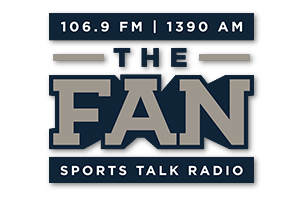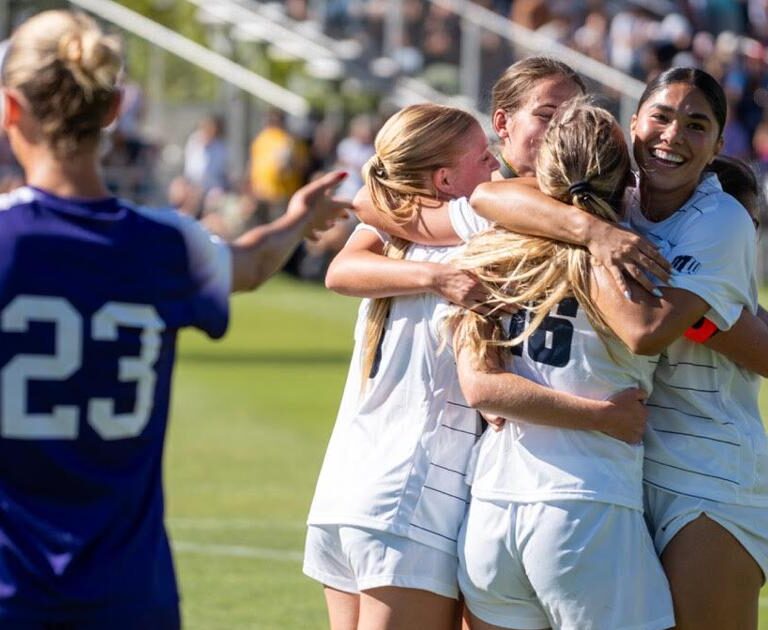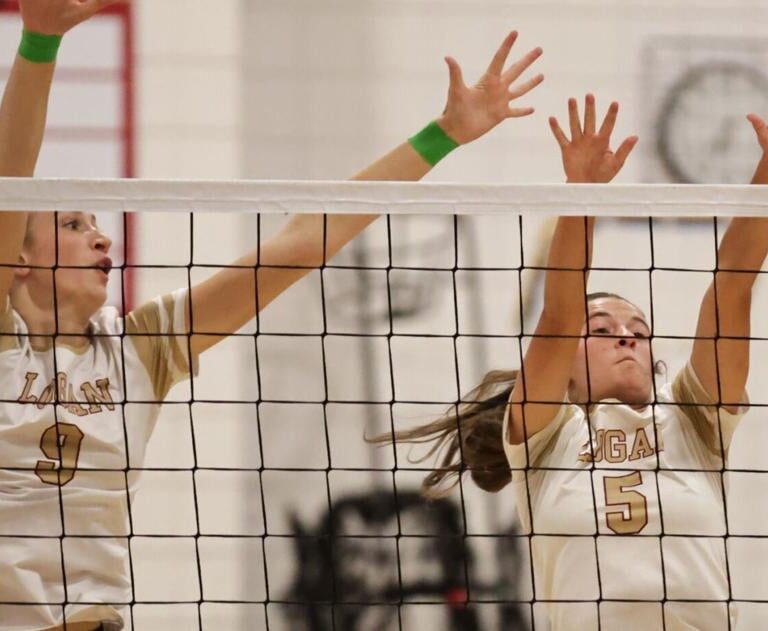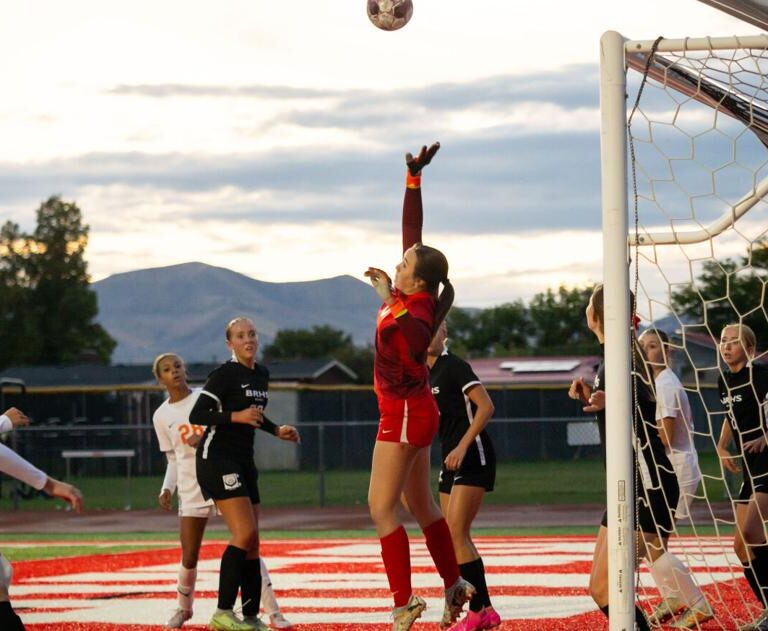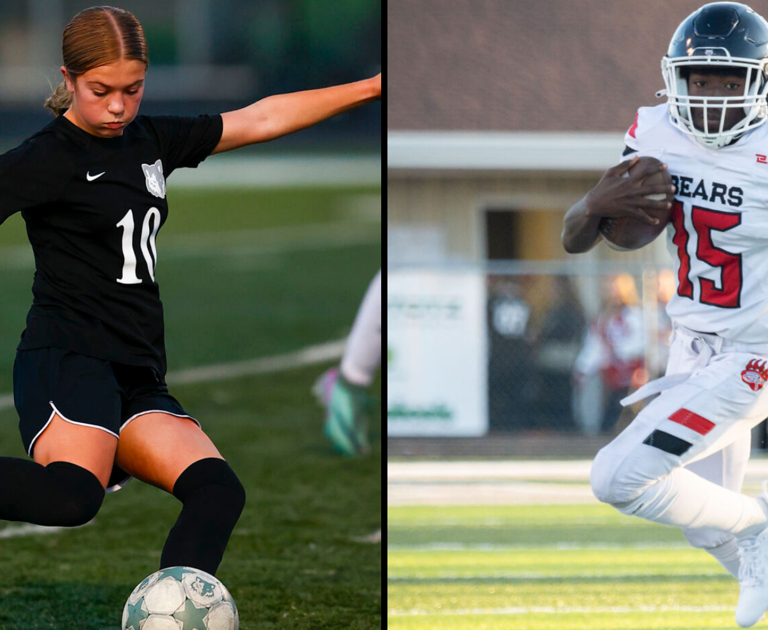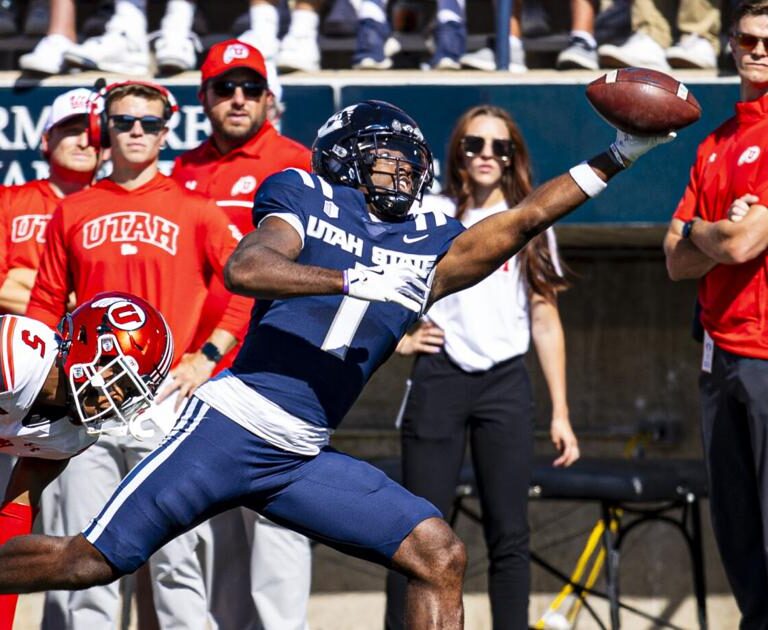
After Utah State’s 48-0 loss to USC, Aggies’ interim head coach, Nate Dreiling, along with quarterback Bryson Barnes, spoke about the teams’ toughness and willingness to play hard no matter what numbers were on the scoreboard. Those words rang a bit hollow, not in the sense they were being dishonest but more in that it seemed a bit pathetic that a team fighting its hardest to the end couldn’t even turn the tide slightly in garbage time. The Trojans’ backup offense scored multiple touchdowns and their reserve defense still pitched a shutout in the handful of possessions it saw on the field against largely Utah State starters.
Playing hard is nice and all but that work needs to pay off with on-field results or fans won’t care.
It seems Utah State understood that and made significant improvements when going up against a comparable opponent to No. 11 USC — the No. 12 ranked University of Utah. Though the end result, a 38-21 loss will not go down as a positive in the record books, that score alone already screams volumes about the improvements from a 48-0 loss. The verdict right now from Dreiling is “we’re getting closer, but we’re still not there yet.”
“A lot of missed opportunities on defense with four eyes and giving of explosive plays, which led to all their touchdown drives,” Dreiling said. “And then offensively, just a couple turnovers and a couple misthrows and a few penalties. If we take all that stuff out, it could be a different game.”
This sentiment is very apparent in pretty much every aspect of Utah State’s performance. Let’s start with the defense.
On its face, the Aggie defense seemed to show only nominal improvement in its run defense, USC running for 249 yards and Utah going for 221 yards on the ground, but there’s a bit more nuance. For one, the Utes had to work harder for less yards. Excluding USC’s kneel-downs at the end of the game, they ran the ball 35 times to Utah’s 41. That alone makes a big difference in the yards gained per carry with the Trojans slotting in at 7.2 per rush to Utah’s 5.4.
Going a bit further you can examine how many times Utah State managed to have a successful play stopping the run. A working definition of “successful” here will be holding a runner to less than four yards, excluding times a back got a first down or touchdown or sacks/QB scrambles. Against USC, the Aggies had eight “successful” run stops total, with three of those being in garbage time to third/fourth string running backs. Against the Utes, Utah State produced eight successful stops of Utah’s RB1, Micah Bernard, alone and had 14 total throughout the game.
You could see the Aggies just simply hitting on their run fits so much better from the first defensive play of the game. Let’s look back at the USC game for one of Woody Marks’ longer runs and compare.
And now compare to a very similar run play. Different formation from the Utes, but a similar numbers game in terms of guys in the box vs blockers for Utah. You also have the left tackle pull to either chip a linebacker in the B-gap or lead block through it (the USC tackle got into space and ended up keeping Jordan Vincent from limiting Marks’ run).
From the aggression of the linebackers to Gabe Peterson (No. 11, the left DE) squeezing the B-gap while also keeping contain (the latter of which he failed to do in this same play vs USC), there’s simply a lot better execution in the play against Utah.
On the very next play, Utah kept with the run, trying to utilize its running back’s speed with a zone read look but the Aggies simply blow it up. Look along the defensive line to see how many guys just flat-out win their 1v1 (or even 2v1) battles.
Utah State fills every rushing lane, be it Gabriel Iniguez (No. 10, the second from the left of USU’s D-line, or lined up over Utah’s right guard) single-handedly beating a combo block from Utah’s center/right guard or Peterson getting immediate backfield pressure which forced the running back, Dijon Stanley, to weave backward as he kept going outside. You’ve also got Torren Union (No. 15, starting on the left side of the formation behind and to the left of Peterson) sprinting up to keep contain and force Stanley back inside toward a group of eager defenders who drop him for a one-yard loss.
There were simply far more of these successful plays against the run. But the issue is that the team is still, as Dreiling said “getting closer, but…still not there yet” and that’s best illustrated by the fact that the Utes would have only gained 154 yards and had an average of 3.9 yards per carry were it not for a 64-yard run by Bernard late in the game. Unfortunately, the Aggies don’t get to exclude the outliers. It happened. And Bernard’s run helped the Utes ice the game in the fourth quarter. If it hadn’t happened, the score could have looked far different when the clock hit zero. The fact remains they allowed a second straight team to run for 200-plus yards. And, dating back to last season, Utah State has allowed six of its last eight FBS opponents to rush for at least 220 yards.
The defense has more concerns than just its run game, for instance they just allowed a true freshman to ring up their unit for 239 yards and three touchdowns and only sacked him once. But first things first. Wilson was partly able to have as much success as he did because Utah’s run game began to create a little space, and the Aggies need to change things about their run defense or moral victories will be the only thing in USU’s win column for the foreseeable future.
Moving to the offense and remember last week’s “Monday Cooldown” where one of the clips showed Barnes unable to complete a pass when facing a blitz?
Barnes’ performance under pressure deserves some note because his numbers when facing pressure from the front seven against Robert Morris and USC were bad — completing just 5 of 12 passes for four yards with no touchdowns while being sacked three times. Against Utah, he seemingly laughed in the face of his former teammates bearing down on him as he completed 9 of 13 passes for 160 yards and a touchdown on those pressure dropbacks alone. What certainly helped with many of these pressured dropbacks is they happened further into the play. Against USC, so many happened before Barnes could even react. Against Utah, there was at least time and you can see this by comparing one clip, used in last week’s Cooldown compared to this week.
First, last week’s clip as the negative example.
And here’s Barnes staring down the loaded barrel of a Utah inside linebacker blitz and throwing a first-down pass on 3rd & 6 right where the defense left space for a pass.
According to Dreiling, the team “doubled down” on letting the offensive line protect Barnes and give him time to throw and time to make longer passes. And while statistically Utah had 16 pressures to USC’s 11, the Utes’ pass rush wasn’t getting there as quick so by the time they generated what PFF logged as a “pressure,” Barnes had had enough time to survey the field and make his throw.
This increased time opened up Utah State’s playbook tremendously. Barnes threw three passes against USC that travelled 10 or more yards downfield. In a game the Aggies were getting blown out in, the quarterback threw three passes that weren’t short passes or screens.
Kind of pathetic.
Contrast that with the 15 attempts Barnes had that went 10+ yards downfield, including 11 that went 20+ yards past the LOS. Barnes wasn’t a maestro on these throws (he was 3-of-11 on those 20+ yard attempts) but he hit on enough to be effective on these passes. Take a look back at some of these throws and how well he placed them for his receivers to go and get.
A lot is made of having good receivers and this is why. The job of the quarterback is made so much easier. All Barnes needs to do is put the ball into safe territory where Royals, Tia, Hestera, Bowman or whoever can just go get the ball. Time and again, Royals has made things happen and we’re seeing it from other Aggie receivers too. It simply adds so much value to this team and makes it potentially dangerous.
The drawback to this potentially incredibly dangerous is the fact they can hardly hang on to the ball at times. Through three games the Aggies have thrown six interceptions, which ranks 128th in FBS (out of 134). And you could easily go through all six and make a dang good argument that five of the six aren’t the fault of the quarterback, be it Barnes or Petras. But even if all six interceptions aren’t the fault of the QB, fact is they happened. And it also keeps happening. One way or another it has to be taken care of becuase the Aggies can’t win games if they consistently have a negative turnover margin.
Utah State is now through its gauntlet of top-15 teams and will get a shot at a Temple squad ranked 132nd in the ESPN SP+ rankings. It’s a good opponent to test out the still-necessary improvements that have been exposed by playing two of the best teams in the country. And if it doesn’t happen against them, it might never happen so the Aggies best hope they find ways to fix the things they’re still doing wrong and are able to fully capitalize on the things they’ve so far improved upon.
